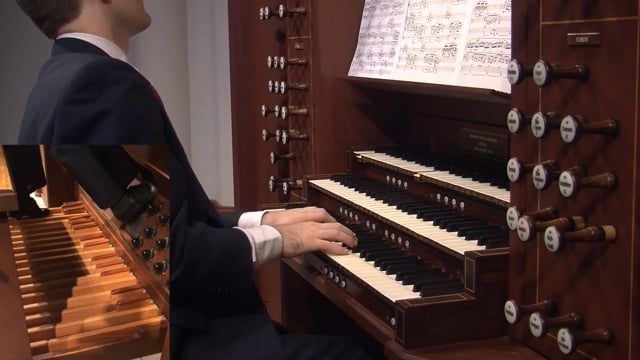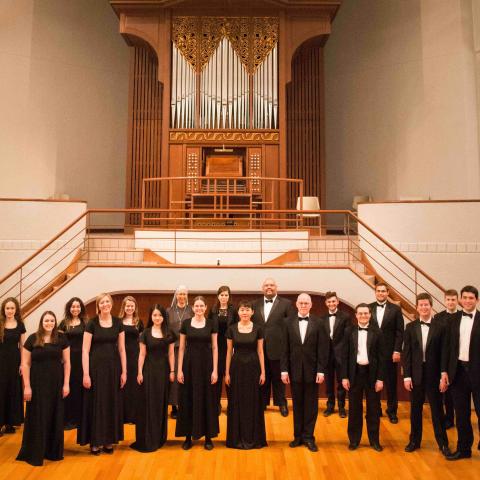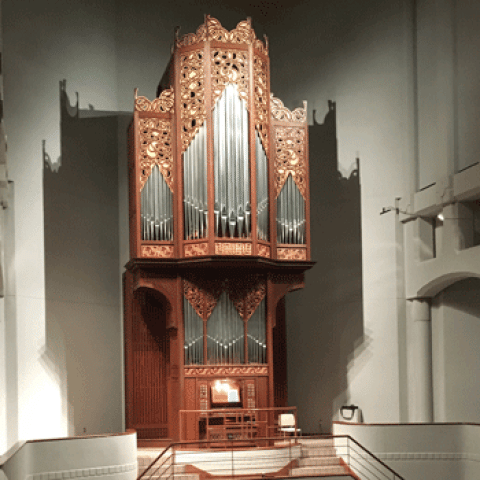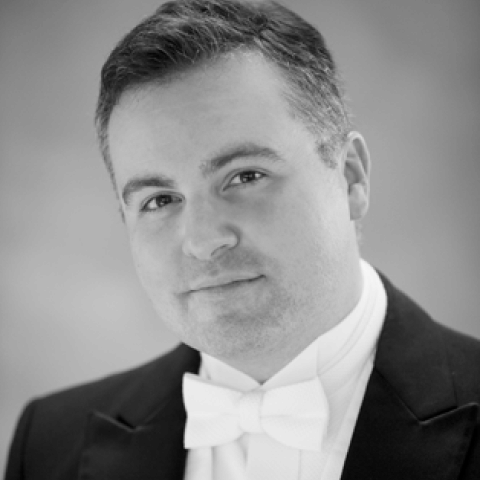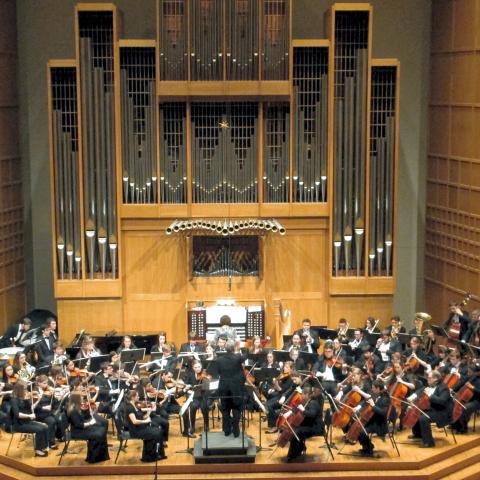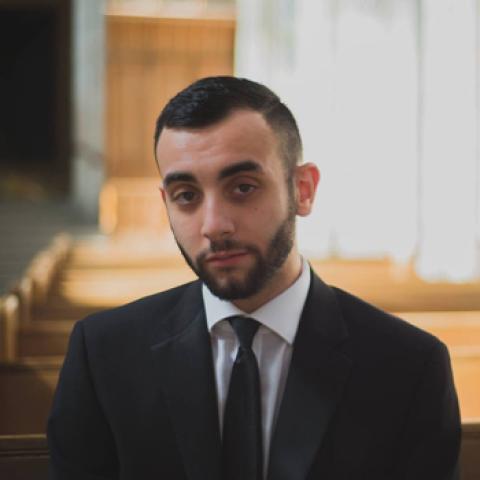
The Organ and Church Music program at the University of Kansas is the cover feature of the October issue of The Diapason. This year marks the 25th anniversary of the Bales Organ Recital Hall and Hellmuth Wolff Opus 40.
Organ study at the University of Kansas began in 1875. In 1898 the “Department of Organ Playing and Church Music” was founded. Since that time the organ and church music program at KU has grown to be one of the largest and most active programs in the country. It now boasts twenty-five organ and church music majors studying across a variety of different undergraduate and graduate programs.
Read about the Kansas organ and church music program on pages 18–19 of the October issue of The Diapason.
For information: music.ku.edu/organ
See the video, Tyler Boehmer plays the Intermezzo, op. 80, no. 2, by Max Reger at https://www.thediapason.com/videos/tyler-boehmer-university-kansas
Other college and university announcements:
Wichita State organ recital series

